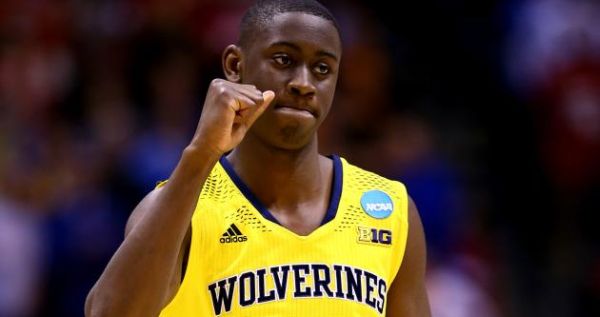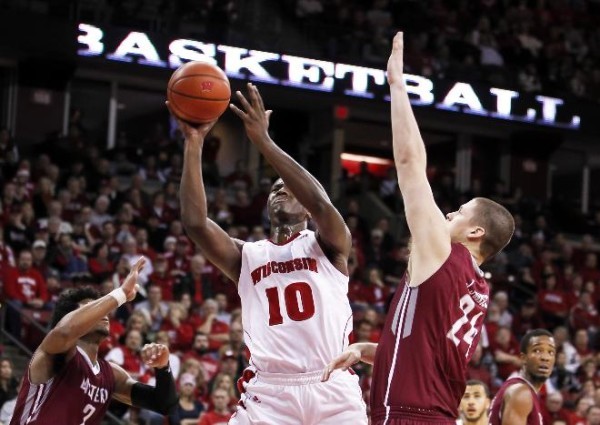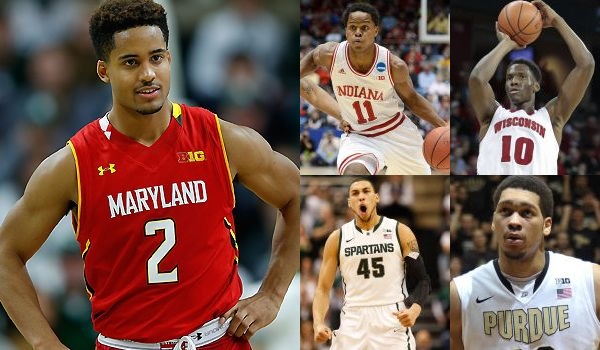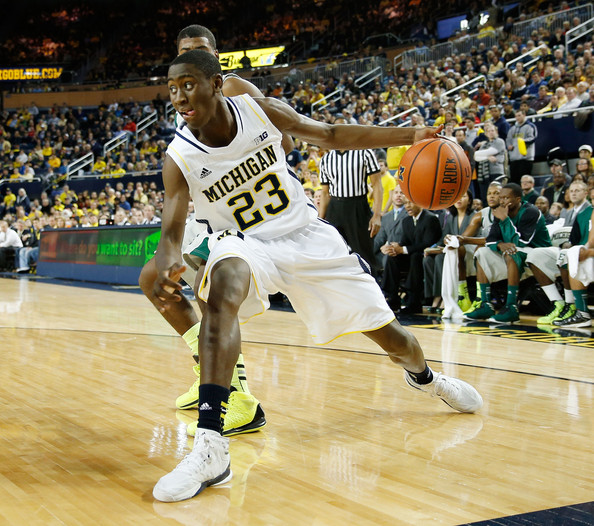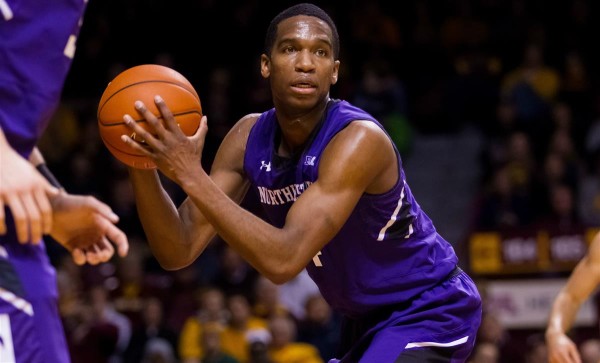Posted by Patrick Engel on November 20th, 2015

- A healthy Peter Jok is huge for Iowa. The junior wing scored 20 points last night as the Hawkeyes pasted Marquette to give the Big Ten a 4-3 lead over the Big East in the Gavitt Tipoff Games. Before the season began, we detailed Jok’s importance to the team’s success, but an injury sustained in the Hawkeyes’ first game of the season put him on the shelf. Sophomore Dom Uhl and freshman Brady Ellingson combined for 38 points on 14-of-18 shooting and eight rebounds in Jok’s absence, but in only 28 minutes of action this season, Jok has accounted for 28 points himself. Nevertheless, Uhl and Ellingson’s production is an encouraging sign for Iowa’s depth, which was a significant question mark entering the season.
- Rutgers may have found itself a leader. The Scarlet Knights lost a heartbreaker to St. John’s on Thursday when Bishop Daniels’ game-winning three-pointer left his hand just after the clock hit all zeros. But the silver lining in the loss was the continued emergence of freshman Corey Sanders, who played at least 30 minutes for the second straight game and is averaging 4.5 APG on the season. On Rutgers’ last possession yesterday, head coach Eddie Jordan trusted Sanders to call and run the final play that was very close to producing a buzzer-beating victory. Even if Rutgers struggles mightily again this season, Sanders is quickly looking like a key building block for the program’s future.
- The early signing period ended on Wednesday, and Wisconsin and Rutgers were the two Big Ten programs that failed to land any signees. Every other conference team signed at least one player, and all but Purdue signed two. Rutgers lost its lone commitment — three-star point guard Kwe Parker — in early November when he decided to reopen his recruitment. Wisconsin whiffed on two of its bigger targets, top-100 point guards Xavier Simpson and JaQuori McLaughlin, down the stretch. Neither team has enough space for a large incoming class, but Bo Ryan and Eddie Jordan have work to do before the next signing period in April.
- Purdue’s backcourt is proving itself. We touched on the Boilermakers’ need for additional backcourt help before the season started, and so far it has delivered. In the team’s first three games, forwards Isaac Haas, Caleb Swanigan, A.J. Hammons and Vince Edwards made a combined total of 41 field goals — the backcourt or Edwards (a wing who does a little of everything) assisted on 20 of those. Meanwhile, incumbent guards Rapheal Davis, Kendall Stephens, Dakota Mathias and freshman Ryan Cline are averaging a combined 40 points per game and are shooting 48 percent from behind the arc. The biggest open question was with UT-Arlington transfer Johnny Hill, who was brought in to be the starting point guard. So far he boasts an 11-to-4 assist-turnover ratio with seven steals, yet another reason why Purdue has won three games by an average of 34.7 points per game.
- Illinois’ freshmen are surviving trial by fire. With Jaylon Tate, Kendrick Nunn, Leron Black (who returned to action after missing one game) and Tracy Abrams all sustaining various injuries since the start of the school year, Illinois has needed some mileage from its freshmen, D.J. Williams, Aaron Jordan and Jalen Coleman-Lands. While not perfect to this point, the trio has been productive. Williams started the first two games and only totaled four points, but he had zero turnovers and just one foul. Jordan has averaged 8.0 points per game with an 8-to-1 assist-turnover ratio. Coleman-Lands ranks third on the team in scoring with 12.3 points per game and has averaged 24.3 minutes of action off the bench. He also leads the team in steals (five), three-pointers (nine) and three-point percentage (56 percent). All of this hasn’t been enough to get Illinois more than a single win against North Dakota State, but the experience that the youngsters are getting will be invaluable when conference play starts in January.
| big ten, microsites, morning 5
| Tagged: A.J. Hammons, Aaron Jordan, bishop daniels, Brady Ellingson, Caleb Swainigan, Corey Sanders, D.J. Williams, Dakota Mathias, Dom Uhl, eddie jordan, illinois, iowa, isaac haas, jalen coleman-lands, jaylon tate, johnny hill, Kendall Stephens, Kendrick Nunn, leron black, peter jok, purdue, rapheal davis, rutgers, ryan cline, tracy abrams, vince edwards, wisconsin
Share this story
































